That ‘All-Purpose’ Cleaner That’s Secretly Ruining Your Home
I’ve been in the home restoration business for a long, long time. I’ve seen it all—fire, floods, you name it. But honestly, some of the most frustrating damage I see comes from a single, well-intentioned mistake: using chlorine bleach where it just doesn’t belong.
In this article
- The Simple Science: Why Bleach Cleans and Destroys
- 1. Wood Surfaces: Floors, Furniture, and Cutting Boards
- 2. Most Metals: Stainless Steel, Aluminum, and Copper
- 3. Natural & Engineered Stone: Granite, Marble, and Quartz
- 4. Colored & Delicate Fabrics: Wool, Silk, and Spandex
- The Most Important Warning: Never, EVER Mix Bleach
- So… When IS It Okay To Use Bleach?
- A Quick Reference Guide for a Bleach-Safe Home
- Inspirational Gallery
People grab that iconic bottle because it has a reputation for being the strongest cleaner on the shelf. And they’re not wrong! But that strength is precisely what can cause permanent, irreversible damage to your home. My job often starts after someone has tried to “fix” a stain on their wood floor or marble countertop with bleach, only to create a much bigger, more expensive problem. So, my goal here is to share some hard-won knowledge from the field so you can avoid those costly “oops” moments.
Before we dive into what you should never use it on, let’s get a handle on what this stuff actually is. It’s not soap. Understanding how it works is the key to knowing its limits.

The Simple Science: Why Bleach Cleans and Destroys
Let’s get just a little nerdy for a second, I promise it’s worth it. Household bleach is a solution of sodium hypochlorite, a chemical that works through a process called oxidation. Think of it as a tiny thief that’s really good at stealing electrons from other molecules.
When bleach touches a stain or a germ, it aggressively rips electrons away from them. This chemical mugging breaks down the structure of the stain molecule (making it colorless) and kills the germ. That’s why it’s a fantastic whitener and disinfectant.
The problem? Bleach isn’t picky. It will steal electrons from anything vulnerable, including the dyes in your favorite shirt, the natural fibers in your wood floors, and even the protective layer on your stainless steel sink. It also has a very high alkaline pH, which can cause its own set of problems. So when you use bleach, you’re starting an aggressive chemical reaction. You just have to be 100% sure that reaction is only happening to the grime, not the beautiful surface underneath.
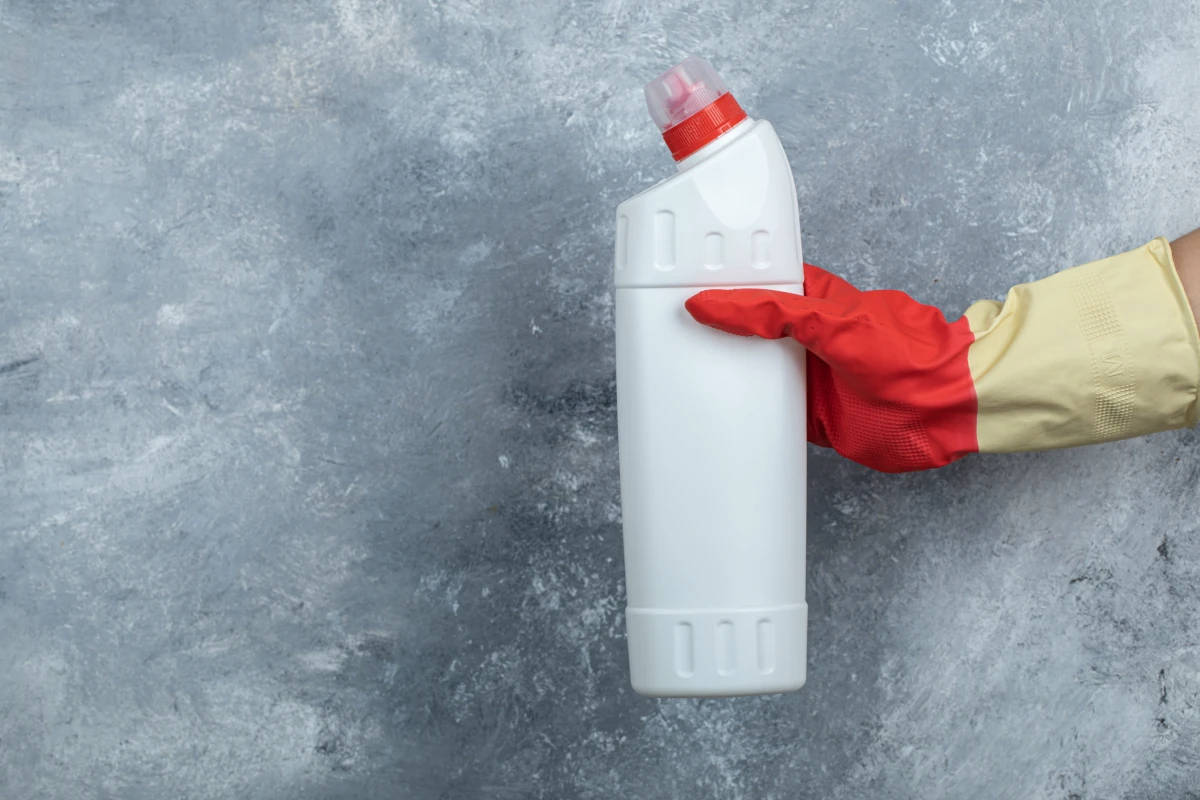
1. Wood Surfaces: Floors, Furniture, and Cutting Boards
This is probably the most common mistake I see. Using bleach on wood is a recipe for disaster. I’ve been called to assess gorgeous hardwood floors that now have permanent, ghostly white splotches because someone tried to clean up a simple spill.
Why It’s So Bad:
Wood is an organic, porous material held together by a natural glue called lignin. Bleach, being a powerful oxidizer, literally dissolves this lignin. This doesn’t just strip the color; it fundamentally weakens the wood’s structure, making it brittle. Because wood is absorbent, the bleach soaks deep into the grain and continues to cause damage long after you’ve wiped it away.
And that’s not all. It will completely strip off any protective finish, whether it’s polyurethane on your floors or a conditioning oil on your dining table, leaving the raw wood exposed to future stains and moisture.
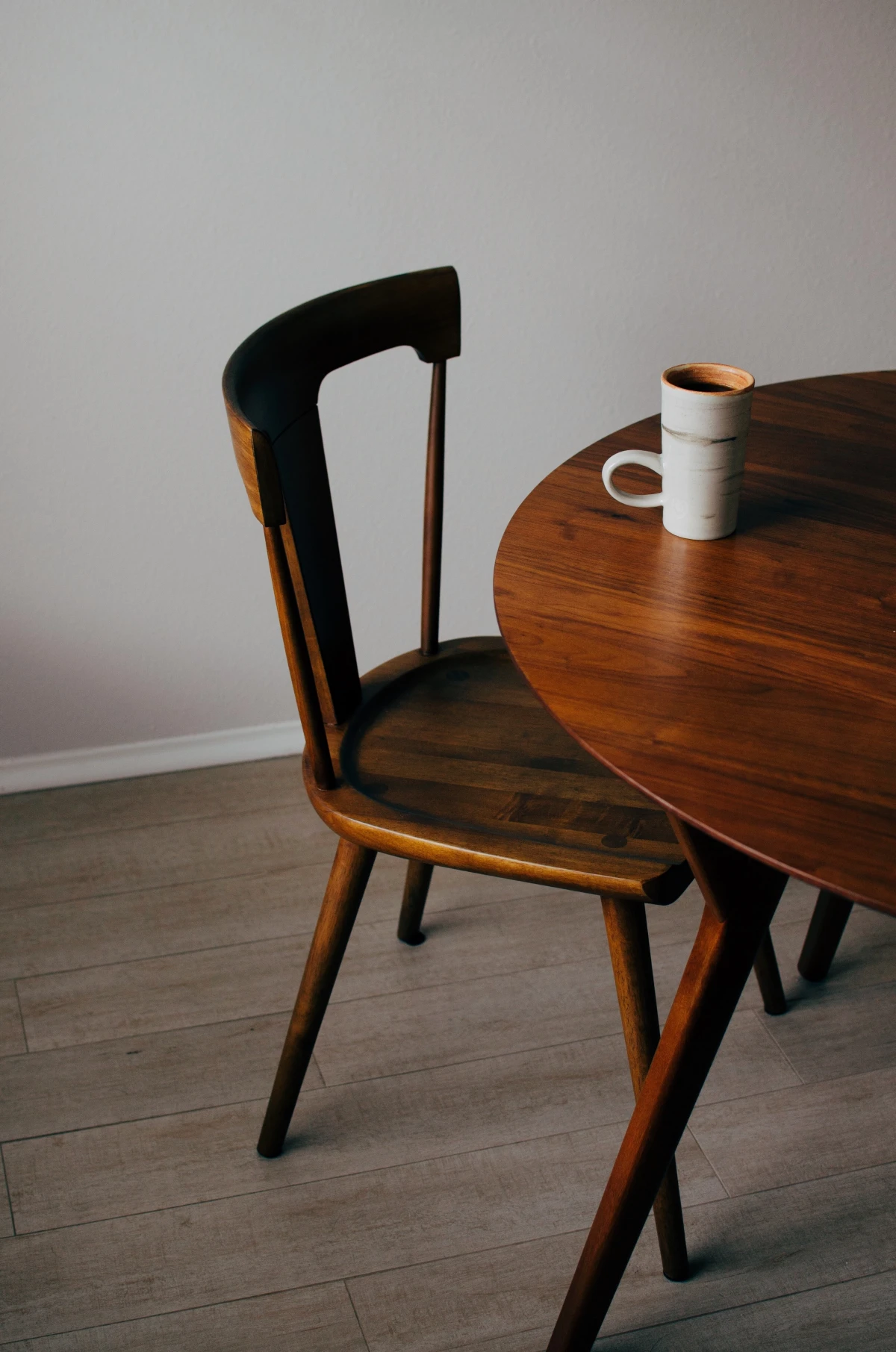
A Lesson from the Field:
I worked on a project where a homeowner poured concentrated bleach on an original oak floor to sanitize a pet stain. The bleach did, in fact, remove the stain. But it left behind a pale, ugly patch and softened the wood fibers. When we tried to sand and refinish the entire floor, that one area was fragile and just didn’t behave like the rest of the wood. We ended up having to replace several boards to get a stable, uniform finish. It turned what should have been a standard $1,500 refinishing job into a $3,000+ repair.
What to Use Instead:
- For routine cleaning: Stick to a pH-neutral cleaner made specifically for wood, like Bona Hardwood Floor Cleaner. You can find it at most home improvement stores for about $10-$20. Always use it with a slightly damp microfiber mop—never soak your wood floors.
- For disinfecting wood cutting boards: Never use bleach. A much safer and effective method is to spray it with 3% hydrogen peroxide, let it sit and bubble for about 5 minutes, then wipe it down. Follow that with a spray of white vinegar and let that sit for another 5 minutes before rinsing the board thoroughly with hot water. (Heads up: Never mix the peroxide and vinegar together in the same bottle!)
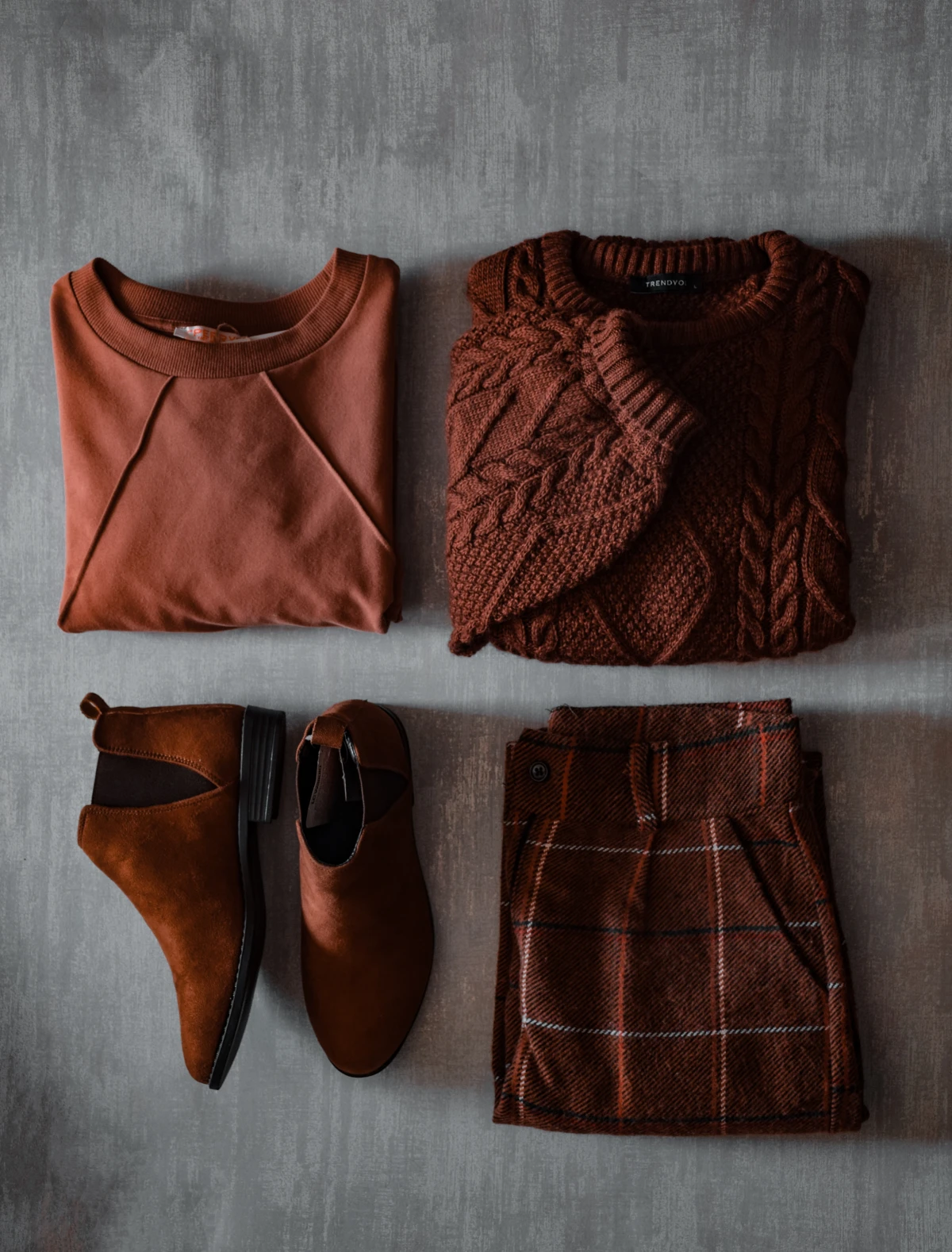
2. Most Metals: Stainless Steel, Aluminum, and Copper
The kitchen is ground zero for bleach mistakes, especially on stainless steel sinks and appliances. This can lead to something called “pitting corrosion,” and it’s permanent.
Why It’s So Bad:
“Stainless” steel isn’t invincible; its secret is a microscopic, invisible layer of chromium oxide that protects the iron inside from rusting. The chloride in bleach is this layer’s worst enemy. It attacks and breaks down this protective shield, allowing oxidation to attack the iron underneath. But instead of a uniform layer of rust, it creates tiny, deep pits in the surface. You can’t polish these out, and worse, they can trap food particles and bacteria, making your sink less sanitary over time.
On other metals like aluminum, it causes dark, ugly spots almost instantly. On copper or brass, it will tarnish the surface in a heartbeat.
A Lesson from the Field:
A brand new café owner called me in a total panic. His cleaning crew, trying to be extra thorough, had wiped down all the new stainless steel prep tables with a strong bleach solution. The next morning, the beautiful, smooth surfaces were covered in tiny, dark specks that felt rough. Pitting corrosion. We managed to improve the look with a special acidic gel, but the physical pits were there to stay. A very tough lesson on day one.
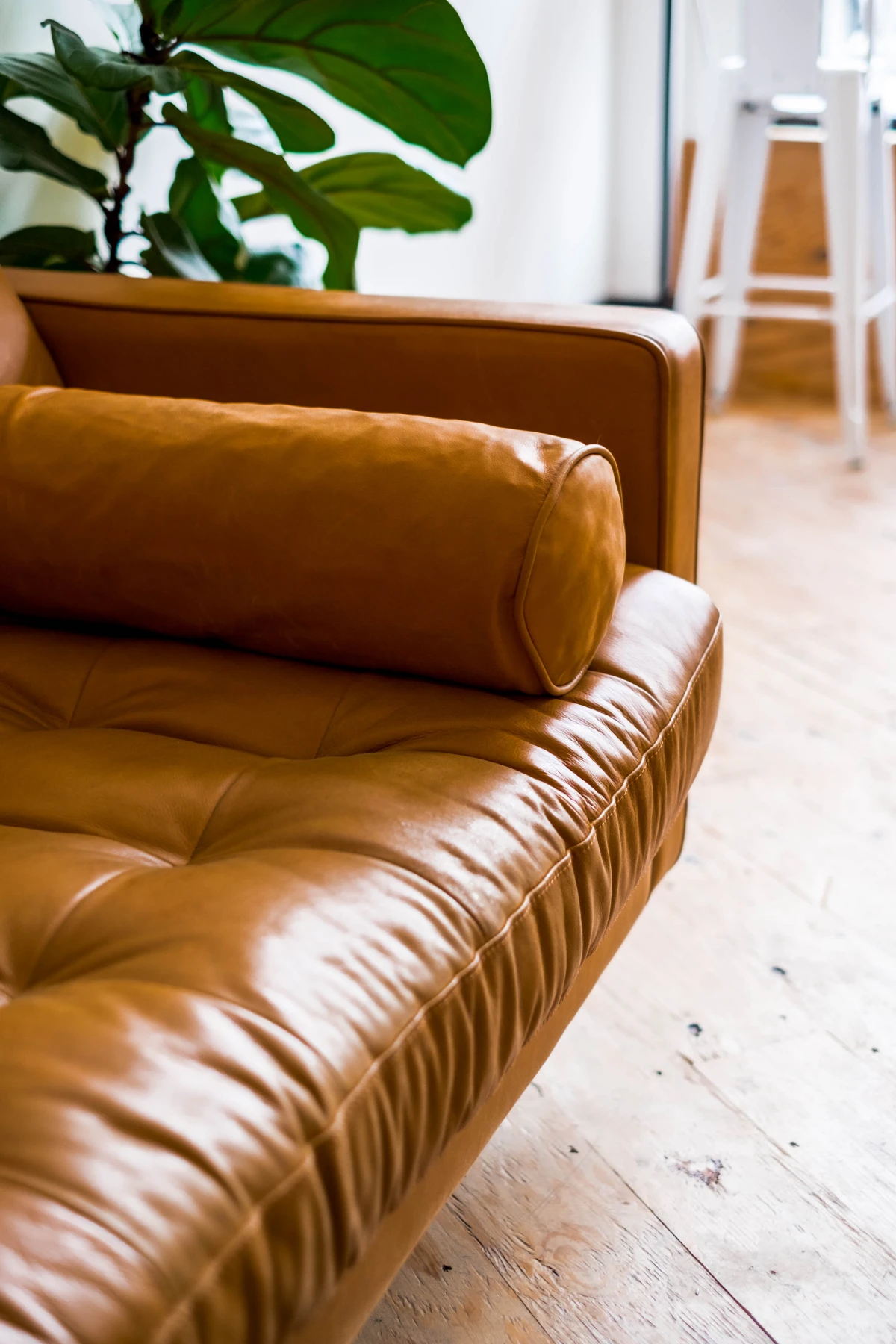
What to Use Instead:
- For daily cleaning: Honestly, a soft cloth with warm water and a few drops of dish soap (like Dawn) is usually all you need.
- For a streak-free shine: Grab a dedicated stainless steel cleaner, like Weiman or Therapy Clean products. They cost around $8-$15 and contain a light oil that repels fingerprints.
- For disinfecting: In a professional setting, we use food-safe sanitizers called quaternary ammonium compounds, or “quats,” which don’t corrode metal. For home use, wiping with a 70% isopropyl alcohol solution is a great alternative.
3. Natural & Engineered Stone: Granite, Marble, and Quartz
A stone countertop is a huge investment. Using bleach on it is like washing your car with sandpaper. It’s one of the worst things you can do for any type of stone, natural or engineered.
Why It’s So Bad:
Natural stones like granite and marble are porous, so they’re treated with a protective sealant to keep them from staining. Bleach is a harsh chemical that obliterates this sealant. Once it’s gone, the stone is a sponge. The bleach itself can soak in and cause a permanent yellowing from within. Then, spills like coffee or wine can penetrate deep into the stone, creating stains that are almost impossible to remove.
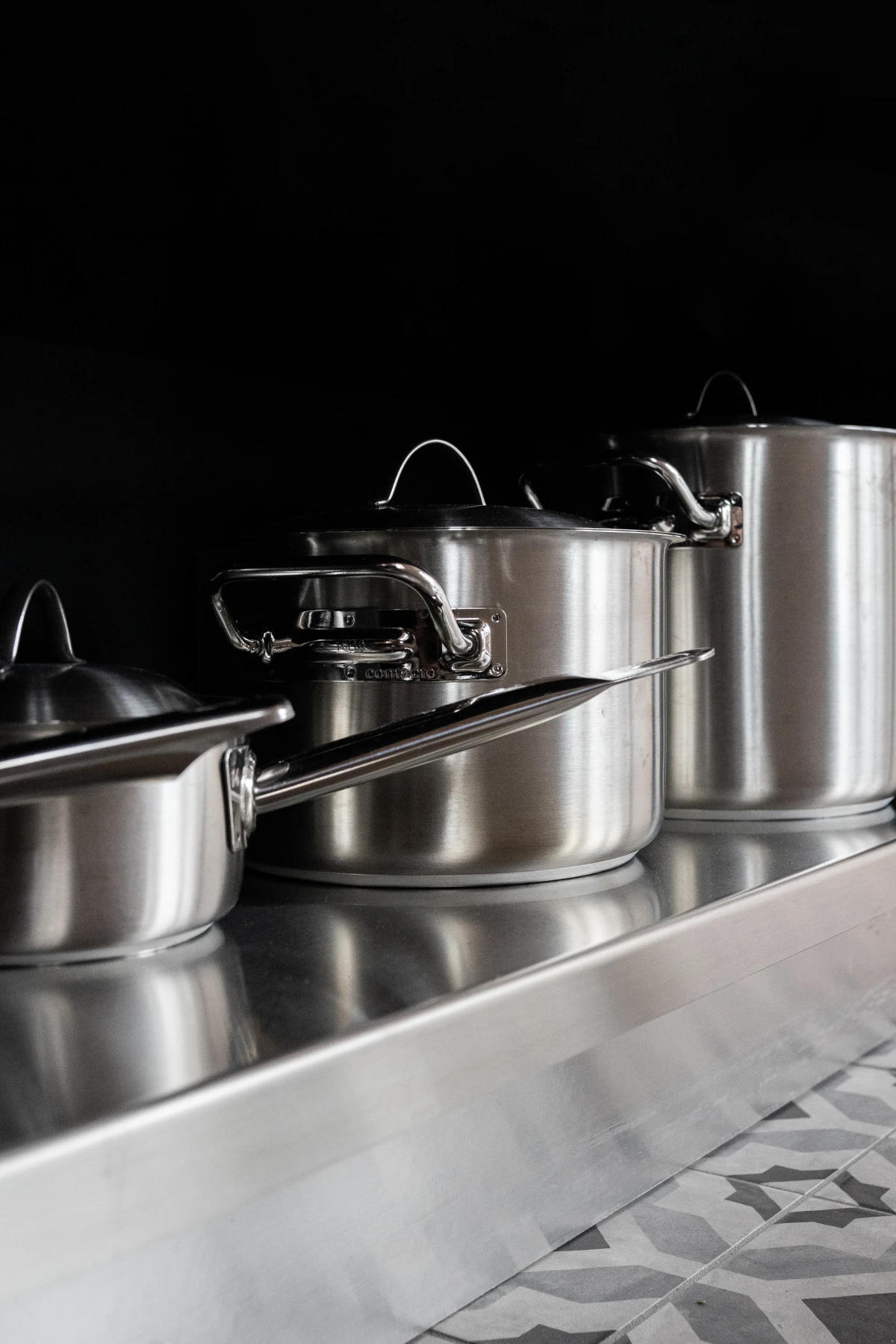
For marble, it’s even worse. Marble is a calcium carbonate stone, and bleach will etch its surface, leaving it dull, cloudy, and rough to the touch. And this goes for engineered quartz, too! The bleach can damage the resins that bind the quartz particles together, leading to permanent discoloration.
What to Use Instead:
The golden rule for stone is to use a pH-neutral cleaner. You can buy a specialty stone cleaner (often about $10 a bottle) or just use a few drops of gentle dish soap in a spray bottle of warm water. For disinfecting, a spritz of 70% isopropyl alcohol is safe for sealed stone and evaporates quickly without causing damage. Trust me, it’s better than paying for a professional to come in and mechanically re-hone and reseal your counters, a service that can easily run you $500 or more.
4. Colored & Delicate Fabrics: Wool, Silk, and Spandex
This one might seem obvious, but the damage goes way beyond just removing color. Bleach can physically dissolve certain fabrics.
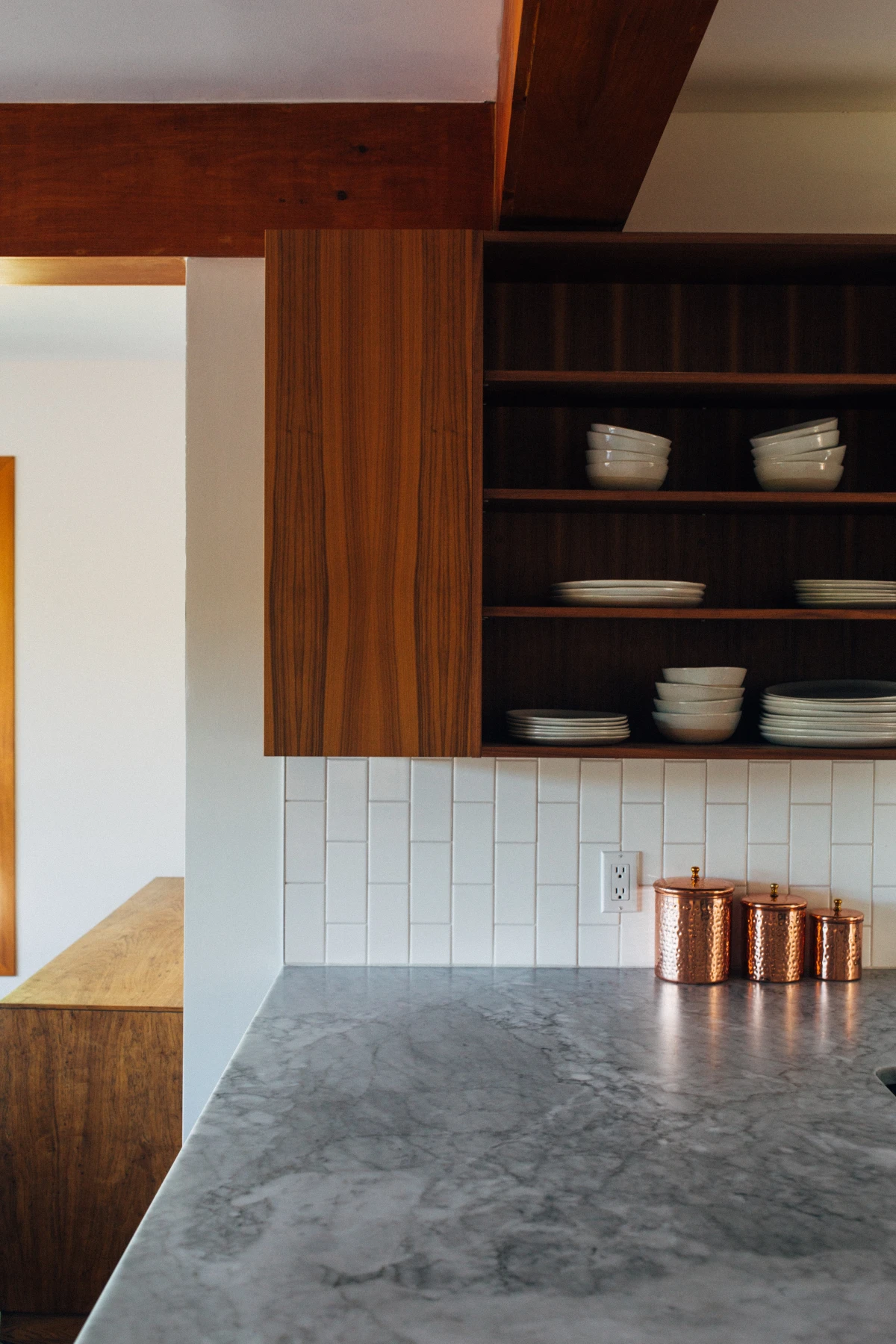
Why It’s So Bad:
As we know, bleach removes color. That drop on your colored t-shirt isn’t a stain; it’s a permanent bleach spot. But for delicate fabrics, the damage is structural. Wool and silk are protein fibers, and bleach literally dissolves protein. A bleached wool sweater won’t just be discolored; it will become thin, brittle, and develop holes. It will turn silk a permanent yellow and destroy its soft texture. On anything with Spandex or Lycra, it attacks the elastic fibers, leaving them saggy and useless.
A Lesson from the Field:
I’ll never forget a mistake a new technician made early in my career. He added chlorine bleach to a load of wool blankets from a smoke-damaged home. When the cycle finished, they were ruined. They felt harsh and thin, and you could see right through them in places. It was a costly but powerful lesson for the whole team about identifying fibers before you clean. This is why organizations like the IICRC (the Institute of Inspection, Cleaning and Restoration Certification, which sets the global standards for our industry) have such strict protocols. These aren’t just opinions; they’re best practices backed by science.
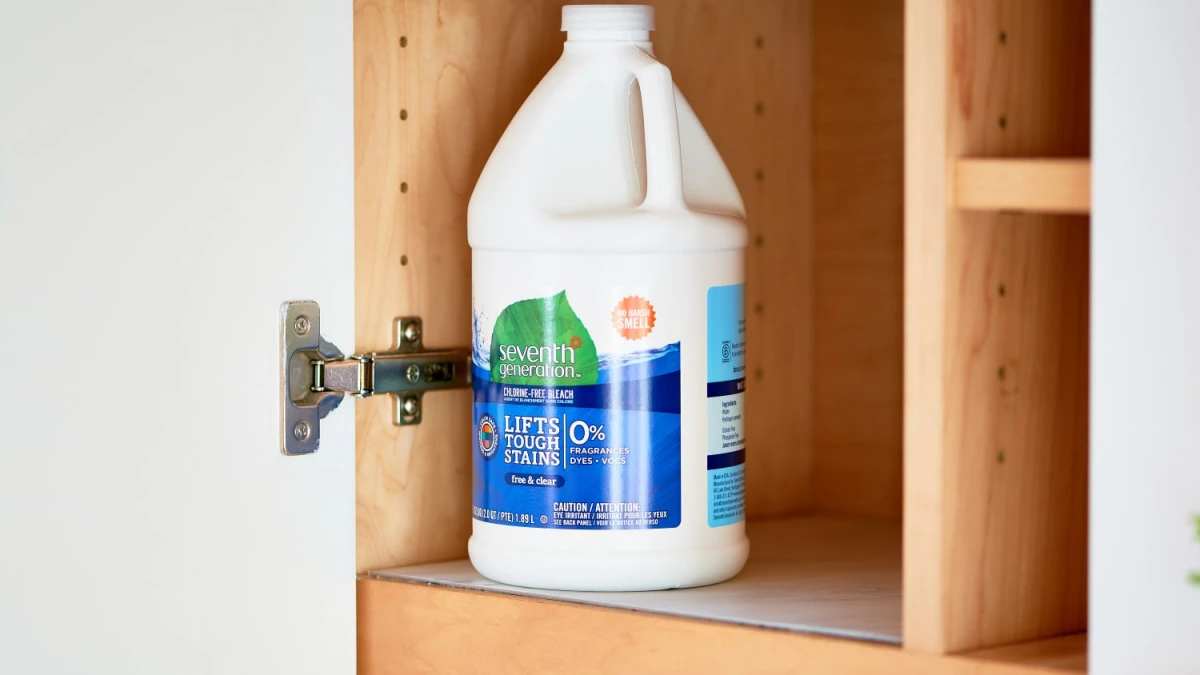
What to Use Instead:
For whitening whites, regular bleach can be used carefully. But for colors, the pro choice is an oxygen bleach, usually a powder like OxiClean. It’s color-safe and much gentler. For delicates like wool and silk, you need a specialized pH-neutral detergent designed for those fibers.
The Most Important Warning: Never, EVER Mix Bleach
Okay, pay attention, because this is the most critical advice here. Damaging a countertop is expensive, but creating toxic gas can be deadly. It’s a life-threatening mistake people make when they’re desperately trying to clean something.
Bleach + Ammonia = Toxic Chloramine Gas. Many glass cleaners and all-purpose cleaners contain ammonia. Mixing them creates a gas that causes severe respiratory irritation and can lead to lung damage.
Bleach + Acid = Deadly Chlorine Gas. This is even worse. Household acids are in toilet bowl cleaners, some glass cleaners, and even vinegar. Mixing them with bleach releases pure chlorine gas—the same chemical used as a weapon. Even a little bit can cause severe chemical burns to your lungs. A large exposure can be fatal.
Your Quick Win Today: Go find your toilet bowl cleaner right now. Read the label. If it mentions hydrochloric, sulfuric, or any other acid, go put a big sticky note on your bleach bottle that says “NEVER MIX WITH TOILET CLEANER!” It could literally save your life.
So… When IS It Okay To Use Bleach?
After all those warnings, you’re probably wondering if you should just throw it out. Not at all! It’s a powerful tool when used correctly. Here’s where it shines:
- Disinfecting hard, non-porous surfaces. Think white porcelain sinks, white ceramic tile, and solid white plastic cutting boards (but not wood!).
- The magic formula: For general disinfecting, the right dilution is key. Use 1/4 cup of regular bleach in 1 gallon of cool water. Let it sit on the surface for about 5-10 minutes to ensure it kills germs, then rinse the surface thoroughly with plain water.
- Whitening sturdy white cottons. Check the garment’s care label first!
Oh, and a quick safety tip: always add bleach to water, not the other way around. This prevents the concentrated bleach from splashing back at you.
A Quick Reference Guide for a Bleach-Safe Home
To keep it simple, here’s a quick-glance guide. Instead of bleach, try this:
• On Wood Floors & Furniture: Use a pH-neutral wood cleaner (like Bona). • On Stainless Steel: Use soapy water or a dedicated stainless steel polish (like Weiman). • On Granite or Marble: Use a pH-neutral stone cleaner or a drop of dish soap in water. • On Colored Fabrics: Use an oxygen-based bleach (like OxiClean). • For General Disinfecting: If you don’t want to use bleach, 70% isopropyl alcohol is a great alternative for many hard surfaces.
At the end of the day, chlorine bleach is a specialized tool, not an everyday, all-purpose cleaner. The best advice is always to read the label—on both your cleaner and the item you’re cleaning. And remember, stronger isn’t always better. Sometimes, the gentlest approach is the one that preserves the beauty and value of your home for years to come.
Inspirational Gallery
The U.S. Environmental Protection Agency (EPA) notes that when chlorine bleach is mixed with wastewater, it can react with other minerals and elements to form hazardous toxins like dioxins.
These toxins are not only harmful to aquatic life but can also persist in the environment for years. Choosing biodegradable, plant-based cleaners, like those from Ecover or Seventh Generation, significantly reduces this downstream impact, protecting ecosystems far beyond your drainpipe.
A critical safety rule: Never, under any circumstances, mix chlorine bleach with other cleaning products, especially those containing ammonia. The combination creates chloramine gas, a highly toxic substance that can cause severe respiratory damage, chest pain, and nausea. Always read labels and use one product at a time in a well-ventilated area.
Wondering about a gentler, color-safe alternative to chlorine bleach?
Meet oxygen bleach. Its active ingredient, sodium percarbonate, releases oxygen when mixed with water, lifting out stains without the harshness of chlorine. It’s the powerhouse behind products like OxiClean and is fantastic for brightening laundry or tackling organic stains on many surfaces that chlorine bleach would destroy. It’s a must-have in a modern, careful cleaning toolkit.
- Removes deep-set grime from tile grout.
- Restores the natural shine to hardwood floors.
- Polishes and protects wood furniture from dryness.
The secret? A simple, time-tested solution. For floors and furniture, a mix of one part white vinegar to three parts olive oil with a squeeze of lemon juice can work wonders. For tougher jobs, a specialized product like Howard Feed-N-Wax conditions wood and prevents it from drying out.
For organic messes—think pet accidents, food spills, or grass stains—an enzymatic cleaner is your best friend. Instead of harsh chemicals, these cleaners use beneficial bacteria and enzymes to literally digest the stain and odor-causing molecules. Brands like Puracy or Biokleen offer powerful solutions that are incredibly effective on carpets, upholstery, and laundry without risking discoloration.
For everyday disinfecting:
- White Vinegar: Its acetic acid is great for cutting through grease and grime on glass, countertops (but not stone!), and sinks.
- 3% Hydrogen Peroxide: A fantastic non-toxic disinfectant. Keep it in a separate, opaque spray bottle and use it to sanitize cutting boards and kill germs after cleaning with soap and water.
A high-quality microfiber cloth can remove up to 99% of bacteria from a surface with just water.
When it comes to natural stone like marble, granite, or travertine, pH is everything. All-purpose cleaners, especially acidic (like vinegar) or alkaline (like bleach), will etch and dull the surface, causing permanent damage. Always opt for a pH-neutral cleaner specifically formulated for stone, such as those made by Granite Gold or Weiman, to clean effectively without compromising the stone’s protective seal.
Build your own gentle-but-powerful cleaning caddy and you’ll rarely need to buy a specialized commercial product again. Start with these four essentials:
- Distilled White Vinegar: For degreasing and general cleaning.
- Baking Soda: A gentle abrasive for scrubbing sinks and tubs.
- Castile Soap: A versatile, plant-based soap (like Dr. Bronner’s) for creating all-purpose sprays.
- Lemon Juice: A natural bleach alternative and stain remover.










